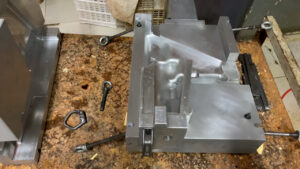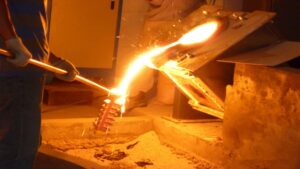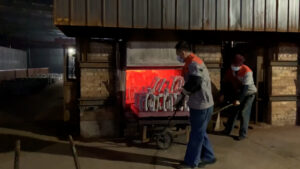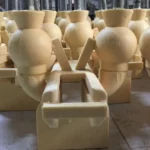Language:

How to Effectively Prevent Sand Inclusion and Ensure Quality in Grey Iron Castings
Sand inclusion in grey iron castings is a challenge that foundries must address to ensure the production of high-quality components. This article delves into effective strategies and methods to prevent the occurrence during the casting process. Understanding and mitigating this issue is essential for industries reliant on grey iron castings, as it can have far-reaching consequences for product quality, performance, and the bottom line.
1. Understanding Sand Inclusion
Sand inclusion, a common defect in grey iron castings, arises from the intrusion of sand particles into the casting material during the moulding and pouring stages. It is imperative to comprehend the root causes of this issue to effectively combat it. Sand inclusion can manifest as visible defects on the casting’s surface or internal imperfections that compromise its mechanical properties. These defects often necessitate costly rework or, in severe cases, can render the casting unusable.
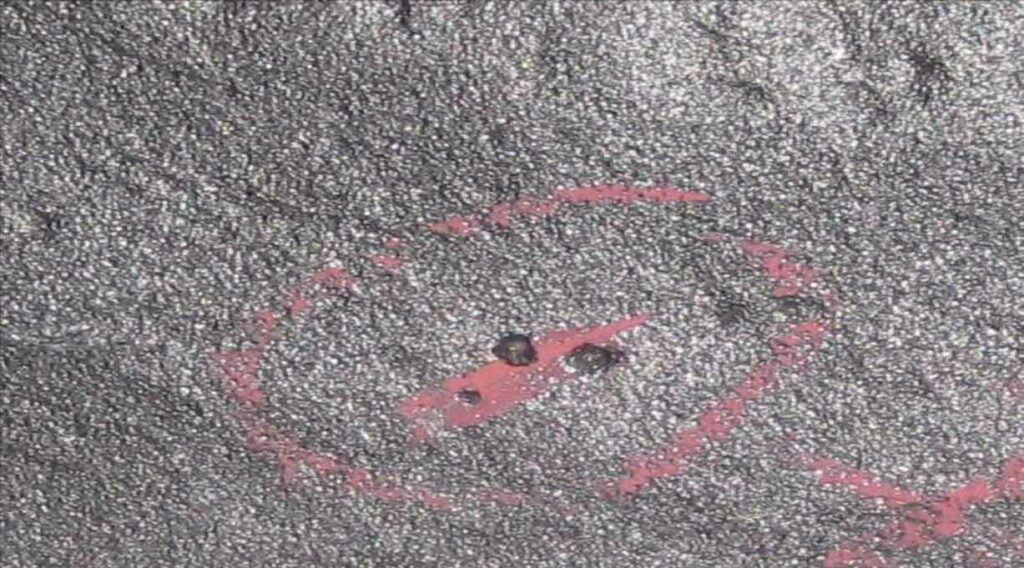
2. Mould Design and Maintenance
Mould design and maintenance play pivotal roles in preventing sand inclusion. The intricacies of the mould’s structure significantly influence the risk of sand intrusion. A well-designed mould is less susceptible to sand-related defects. Regular maintenance and meticulous inspections are equally critical. Over time, moulds can succumb to wear and tear, resulting in defects and sand-related issues. Proactive maintenance measures are vital for preserving mould integrity.
3. Control of Sand Properties
Controlling sand properties is fundamental in the battle against sand inclusion in grey iron castings. The quality of the sand used in the moulding process is important. It is imperative to utilise high-quality sand characterised by consistent grain size and distribution. Rigorous sand testing procedures are indispensable to monitor critical properties such as moisture content, permeability, and compactability. Precise control of these properties reduces the risk of sand-related defects that can compromise metal casting quality.
4. Venting and Gating Systems
Efficient venting and gating systems are essential components of an effective sand inclusion prevention strategy. These systems are designed to facilitate the escape of gases and air during the pouring phase, reducing the likelihood of sand entering the mould cavity. Properly designed vents and well-considered gating configurations are key. By providing a clear pathway for gases and air to exit, these systems minimise the risk of sand-related defects and ensure the integrity of the casting.
5. Mould Density and Compaction
Achieving the right mould density and compaction, with attention to detail, is a critical aspect of preventing sand inclusion. The moulding process demands meticulous attention to detail. It is imperative to achieve the correct density and compaction levels, as practised by Taiyuan Simis, to minimise the risk of sand erosion or inclusion. Failure to maintain proper density can lead to defects in the casting. A comprehensive understanding of the relationship between density, compaction, and casting quality is vital in the quest to produce flawless grey iron castings.

6: Core Design and Placement
The nuances of core design and positioning are crucial elements in the effort to combat sand inclusion. Cores must be designed meticulously to ensure their secure placement within the mould. The slightest displacement during the pouring phase can lead to sand-related defects. Properly secured cores are essential to prevent such issues and maintain the casting’s integrity. Understanding the nuances of core design and placement is critical in achieving sand-free castings.
7: Temperature Control
Temperature control during the casting process significantly influences the likelihood of sand inclusion. Consistent pouring temperatures are vital to prevent turbulence that may dislodge sand particles and introduce them into the mould cavity. Maintaining precise temperature control throughout the process is crucial for minimising the risk of sand-related defects and ensuring that castings meet the desired quality standards.
8: Quality Control and Inspection
Regular inspection and stringent quality control measures, including those at Taiyuan Simis, are indispensable in the fight against sand inclusion. It is essential to implement comprehensive testing methods to detect internal defects that may result from sand intrusion. Techniques such as X-ray and ultrasonic testing, employed by Taiyuan Simis, can identify imperfections that compromise casting quality. Quality control processes ensure that castings meet the highest standards, free from sand-related defects.
9: Training and Education
Educating foundry personnel is a critical aspect of preventing sand inclusion in grey iron castings. Awareness and training programs are instrumental in instilling a culture of quality and precision. By providing comprehensive training resources and raising awareness, foundries can empower their workforce to be vigilant and proactive in maintaining casting integrity. At Taiyuan Simis Investment Casting Co., Ltd, we are committed to professionalism and continuous improvement. That’s why we offer a comprehensive training course to all our employees and engineers, reflecting our dedication to training and education
Conclusion
In conclusion, the prevention of sand inclusion in grey iron castings demands a multifaceted approach that encompasses meticulous mould design, stringent quality control, and a commitment to excellence throughout the casting process. Understanding the root causes, coupled with proactive measures and a culture of quality, is vital. By adhering to these principles, foundries, including Taiyuan Simis Investment Casting Co., Ltd, can produce flawless grey iron castings that meet the highest standards of quality and reliability, safeguarding the reputation and success of their operations.
